How To Set Up 360 Camera ?
Setting up a 360 camera typically involves the following steps:
1. Charge the camera: Before setting up the camera, make sure it is fully charged.
2. Install the camera app: Most 360 cameras require a specific app to be installed on your smartphone or tablet. Download and install the app from the App Store or Google Play.
3. Connect the camera to your device: Turn on the camera and connect it to your device via Wi-Fi or Bluetooth.
4. Set up the camera: Follow the instructions in the app to set up the camera. This may involve selecting the resolution, frame rate, and other settings.
5. Mount the camera: Depending on the type of camera, you may need to mount it on a tripod or other support.
6. Start recording: Once the camera is set up and mounted, you can start recording. Use the app to control the camera and adjust the settings as needed.
7. Edit and share your footage: After recording, you can edit and share your 360-degree footage using the app or other software.
1、 Camera compatibility with devices
How to set up 360 camera:
Setting up a 360 camera can be a bit tricky, but with the right instructions, it can be done easily. Here are the steps to set up a 360 camera:
1. Charge the camera: Before setting up the camera, make sure it is fully charged. Most 360 cameras come with a USB cable that can be used to charge the camera.
2. Download the app: Most 360 cameras require an app to be downloaded on your smartphone or tablet. The app is used to control the camera and view the footage.
3. Connect the camera to your device: Once the app is downloaded, connect the camera to your device using Wi-Fi or Bluetooth. Follow the instructions on the app to connect the camera.
4. Set up the camera: Once the camera is connected to your device, set it up according to the instructions provided. This may include setting the resolution, frame rate, and other settings.
5. Start recording: Once the camera is set up, you can start recording. Use the app to control the camera and view the footage.
Camera compatibility with devices:
Before purchasing a 360 camera, it is important to check its compatibility with your device. Most 360 cameras are compatible with both iOS and Android devices, but it is always best to check before making a purchase.
The latest point of view is that some 360 cameras now come with built-in Wi-Fi and Bluetooth, making it easier to connect to your device. Additionally, some cameras now come with their own built-in screens, eliminating the need for a smartphone or tablet to view the footage. It is important to research and compare different 360 cameras to find the one that best fits your needs and device compatibility.
2、 Camera placement and mounting options
How to set up 360 camera:
1. Choose the right camera: There are many 360 cameras available in the market, so choose the one that suits your needs and budget.
2. Charge the camera: Before setting up the camera, make sure it is fully charged.
3. Download the app: Most 360 cameras come with an app that needs to be downloaded on your smartphone. Download the app and follow the instructions to connect the camera to your phone.
4. Camera placement and mounting options: The placement of the camera is crucial to capture the best 360-degree footage. You can mount the camera on a tripod, selfie stick, or any other stable surface. Make sure the camera is level and stable.
5. Connect to Wi-Fi: To transfer the footage from the camera to your phone, you need to connect the camera to Wi-Fi. Follow the instructions on the app to connect the camera to Wi-Fi.
6. Start recording: Once the camera is set up and connected to your phone, you can start recording. Make sure you are in the frame and the camera is capturing the entire scene.
The latest point of view is that 360 cameras are becoming increasingly popular for capturing immersive content. They are being used in various industries, including real estate, tourism, and entertainment. With the advancement in technology, 360 cameras are becoming more affordable and accessible to the general public.
3、 Camera settings and calibration
How to set up 360 camera:
1. Charge the camera: Before setting up the camera, make sure it is fully charged. Most 360 cameras come with a USB cable that can be used to charge the camera.
2. Download the app: Most 360 cameras come with an app that needs to be downloaded on your smartphone. The app allows you to control the camera and view the footage.
3. Connect the camera to your smartphone: Once the app is downloaded, connect the camera to your smartphone via Bluetooth or Wi-Fi.
4. Mount the camera: Depending on the type of camera, you may need to mount it on a tripod or other stabilizing device. Make sure the camera is level and stable.
5. Start recording: Once the camera is set up and connected to your smartphone, you can start recording. Use the app to control the camera and adjust the settings as needed.
Camera settings and calibration:
To get the best results from your 360 camera, it's important to calibrate the camera and adjust the settings. Here are some tips:
1. White balance: Adjust the white balance to ensure that the colors in your footage are accurate.
2. ISO: Adjust the ISO to control the amount of light that enters the camera. Higher ISO settings are better for low-light conditions, but can result in more noise in the footage.
3. Exposure: Adjust the exposure to control the brightness of the footage.
4. Stitching: Most 360 cameras use multiple lenses to capture the footage, which is then stitched together to create a seamless 360-degree image. Make sure the stitching is accurate and adjust the settings as needed.
5. Calibration: Some 360 cameras require calibration to ensure that the lenses are aligned correctly. Follow the manufacturer's instructions to calibrate the camera.
The latest point of view:
360 cameras have become increasingly popular in recent years, with more and more people using them to capture immersive footage. The latest 360 cameras offer higher resolution and better image quality, making it easier to create professional-looking footage. In addition, many cameras now come with advanced features such as live streaming and image stabilization, making it easier to capture high-quality footage on the go. As the technology continues to improve, we can expect to see even more advanced features and capabilities in the future.
4、 Stitching and editing software
How to set up 360 camera:
Setting up a 360 camera can be a bit tricky, but with the right steps, it can be done easily. Here are the steps to follow:
1. Charge the camera: Before setting up the camera, ensure that it is fully charged. This will ensure that you have enough battery life to capture your footage.
2. Install the camera app: Most 360 cameras come with a dedicated app that you need to install on your smartphone. This app will allow you to control the camera and view your footage.
3. Connect the camera to your smartphone: Once you have installed the app, you need to connect the camera to your smartphone. This can be done via Bluetooth or Wi-Fi.
4. Set up the camera: Once the camera is connected to your smartphone, you can start setting it up. This will involve selecting the resolution, frame rate, and other settings that you want to use.
5. Mount the camera: Once the camera is set up, you need to mount it in the right position. This will depend on the type of footage you want to capture.
Stitching and editing software:
After capturing your 360 footage, you will need to stitch it together and edit it. There are several software options available for this, including:
1. Adobe Premiere Pro: This is a popular video editing software that supports 360 video editing. It allows you to stitch your footage together and add effects and transitions.
2. Kolor Autopano Video: This is a dedicated 360 video stitching software that allows you to stitch your footage together and export it in various formats.
3. GoPro VR Player: This is a free software that allows you to view and edit your 360 footage. It supports various formats and allows you to add effects and transitions.
4. Insta360 Studio: This is a free software that is designed specifically for Insta360 cameras. It allows you to stitch your footage together and add effects and transitions.
In conclusion, setting up a 360 camera and editing your footage can be a bit challenging, but with the right steps and software, it can be done easily. Always ensure that you have the latest software updates to get the best results.

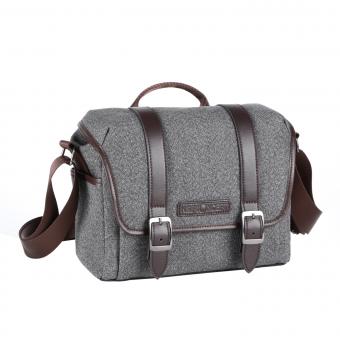




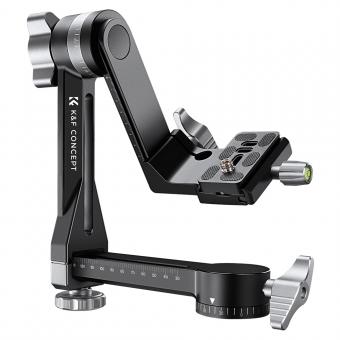




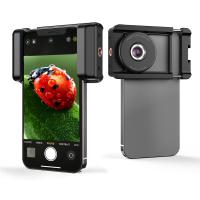

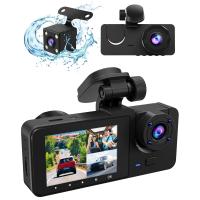

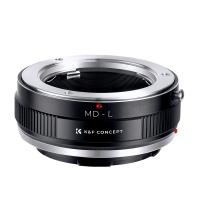


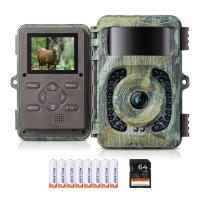
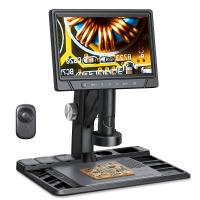



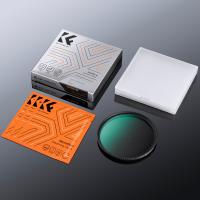
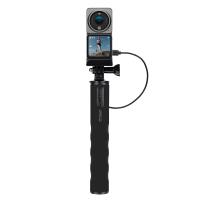
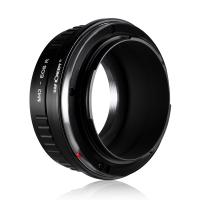
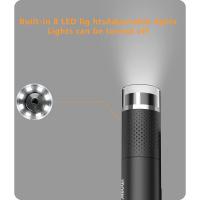

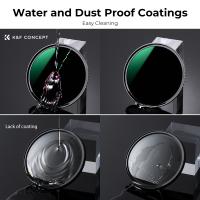

There are no comments for this blog.